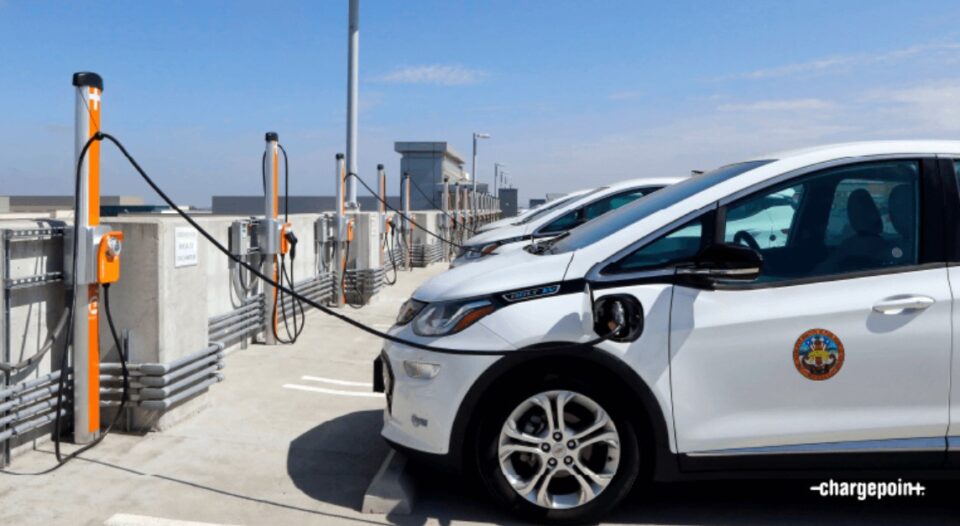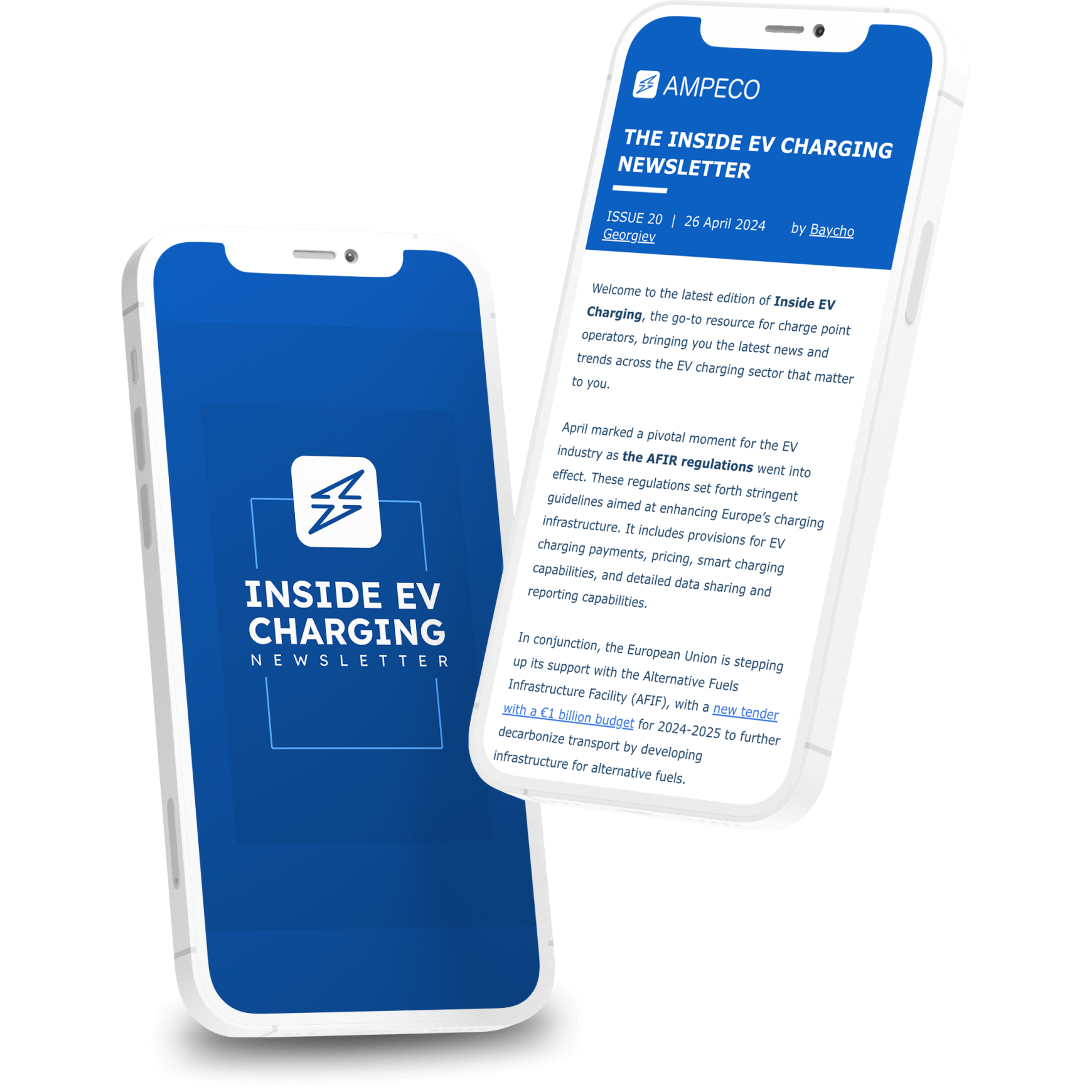How to Make Smarter Decisions in EV Investments by Buying EV Charging news
How to Make Smarter Decisions in EV Investments by Buying EV Charging news
Blog Article
Leading EV Charging Information: Trick Updates on Framework and Development

Recent Advancements in Fast-Charging Technology

Furthermore, improvements in battery modern technology, consisting of enhanced thermal management systems and higher energy density batteries, enhance fast-charging capabilities. These developments alleviate the danger of battery deterioration during fast charging, ensuring durability and efficiency for EV owners.
In addition, the combination of smart billing services is enhancing user experience, allowing real-time surveillance and dynamic pricing versions. EV Charging news. This adaptability permits vehicle drivers to enhance billing expenses and times based on grid demand
As automakers continue to buy fast-charging networks, the cooperation between market stakeholders is critical. Collaborations between charging terminal service providers and vehicle manufacturers are leading the means for comprehensive insurance coverage, ultimately fostering an extra robust EV environment. These developments are critical in sustaining the shift to lasting transportation.
Government Initiatives for Billing Development
Federal government campaigns play a vital role in the development of electrical lorry (EV) charging facilities, promoting the transition to lasting transport. Numerous federal and state programs are being executed to improve charging availability, minimize the financial burden on customers, and advertise the adoption of electrical automobiles.
Notably, the united state federal government has actually alloted substantial funding with the Facilities Investment and Jobs Act, which sets aside $7.5 billion for EV charging network growth throughout the nation. This financing is intended at deploying thousands of brand-new charging stations, specifically in underserved areas, thereby resolving array anxiousness amongst potential EV customers.
Furthermore, many states are establishing legislation to enhance the permitting procedure for charging terminal setups, which is vital for accelerating release. Rewards such as tax credit scores and rebates for both consumers and organizations are likewise being presented to motivate the installment of billing infrastructure.
In addition, public-private collaborations are increasingly coming to be an emphasis, leveraging personal investment to complement government financing. These campaigns emphasize a collaborative technique important for building a reliable and extensive EV billing network, eventually adding to a greener and even more sustainable future.
Cutting-edge Battery Solutions Enhancing Effectiveness
Revolutionizing the landscape of electric vehicle (EV) innovation, ingenious battery services are considerably enhancing effectiveness and efficiency. Advancements in battery chemistry, specifically with lithium-sulfur and solid-state batteries, are causing raised power thickness, which permits longer varieties and faster charging times. These new battery types have the potential to outmatch standard lithium-ion batteries by using greater capabilities while minimizing weight, thus enhancing overall automobile performance.
Furthermore, developments in battery management systems (BMS) are optimizing power usage and expanding click resources battery lifespan. Intelligent formulas keep track of battery health and efficiency, making it possible for real-time adjustments to charging and discharging procedures. This not only enhances the effectiveness of the battery however additionally makes sure an extra lasting and reputable power resource for EVs.
In addition, the integration of reusing innovations is dealing with the environmental influence of battery manufacturing and disposal. Advancements in second-life applications for EV batteries are promoting their use in energy storage systems, adding to a circular economy.
As these ingenious battery remedies remain to evolve, they assure to change the EV market, making electrical lorries extra appealing and easily accessible to a wider audience while sustaining worldwide sustainability objectives.

Collaboration Between Automakers and Charging Networks
Recognizing the essential demand for a robust billing infrastructure, automakers are progressively collaborating with charging network service providers to enhance the EV possession experience (EV Charging news). These partnerships aim to develop a seamless charging ecological community that benefits customers and sustains the transition to electrical lorries
Major automobile brand names are signing up with pressures with well established charging networks to increase their charging station coverage, guaranteeing motorists have access to reputable and hassle-free billing choices. Partnerships with networks like ChargePoint and Electrify America enable car manufacturers to integrate charging remedies straight into their lorries' navigating systems, directing users to the nearby terminals and giving real-time availability updates.
Furthermore, these cooperations commonly cause the development of fast-charging modern technologies that significantly minimize the time needed to reenergize an EV. By pooling resources and expertise, automakers and billing networks can innovate faster, producing services that meet the growing demand for electrical movement.
On top of that, joint campaigns might likewise cause even more standardized charging procedures, which can relieve consumer complication and advertise more comprehensive EV adoption. On the whole, these critical alliances are essential in constructing a efficient and easy to use billing framework that meets the demands of a broadening electrical automobile market.
Obstacles Facing EV Charging Framework
As the electrical automobile market proceeds to expand, several obstacles are appearing that prevent the advancement of an extensive charging infrastructure. Among the main challenges is the inadequate number of charging stations, particularly in country and underserved metropolitan areas. This void develops variety stress and anxiety among prospective EV customers, deterring them from making the switch.
Additionally, the absence of standardization in billing innovation makes complex the facilities landscape. Variants in plug types and charging rates can develop confusion for customers and boost More Help functional intricacies for billing network operators.
One more pressing issue is the high cost associated with the installment and upkeep of billing terminals, which can be a barrier for both personal companies and public entities. Governing hurdles and zoning constraints can postpone the release of charging framework, hampering development in expanding crucial solutions. Resolving these challenges will certainly be crucial for promoting a robust EV environment that supports the shift to lasting transportation.
Conclusion
To conclude, the continuous advancements in EV billing modern technology, supported by substantial federal government efforts and innovative battery remedies, are important for the expansion and performance of electric automobile facilities. Collaborations in between automakers and charging service providers better boost terminal coverage, resolving the growing demand for accessible charging options. Despite obstacles that persist within the EV billing landscape, these developments indicate a favorable trajectory towards a much more lasting and efficient electric car environment.
Advancements in charging infrastructure have led to the growth of ultra-fast chargers capable of providing up to 350 kW of power, significantly reducing charging times. Variants in plug kinds and charging rates can create see confusion for users and boost functional complexities for billing network drivers.In verdict, the continuous improvements in EV billing modern technology, supported by substantial government efforts and cutting-edge battery remedies, are crucial for the growth and performance of electric lorry infrastructure. Partnerships in between car manufacturers and billing service providers further boost terminal coverage, dealing with the expanding need for accessible billing choices. In spite of obstacles that persist within the EV billing landscape, these advancements symbolize a favorable trajectory towards an extra sustainable and efficient electrical car ecosystem.
Report this page